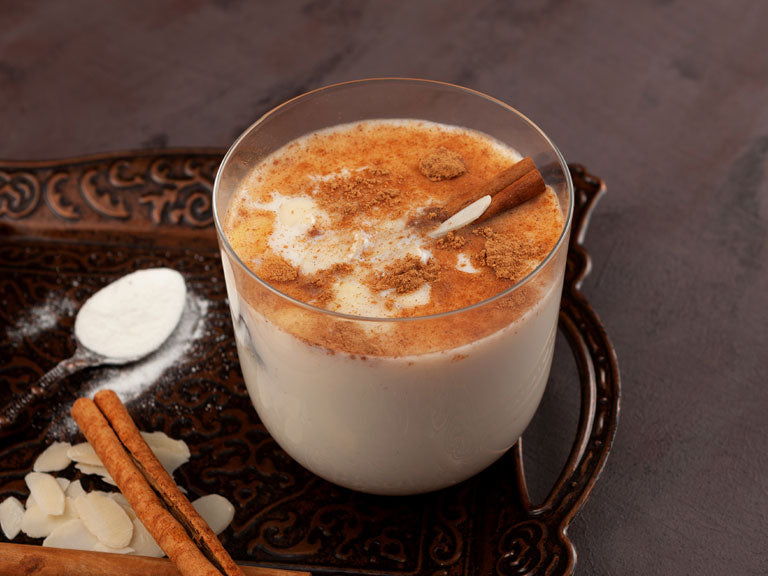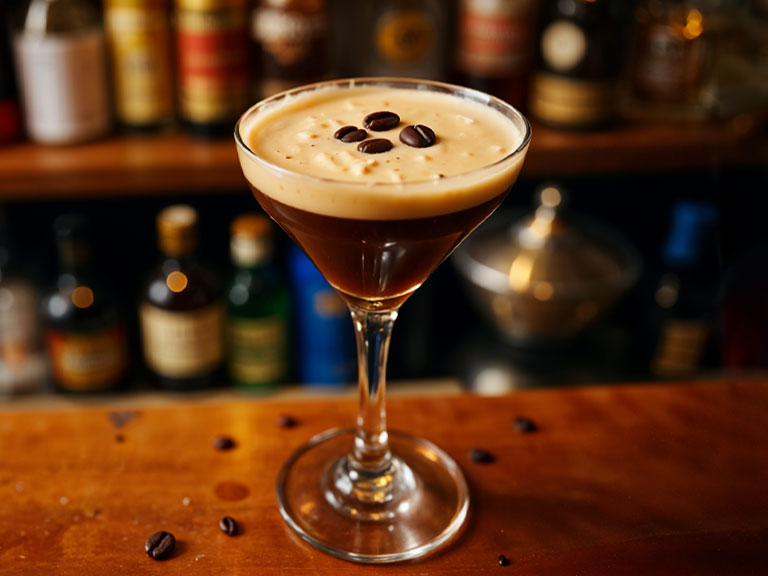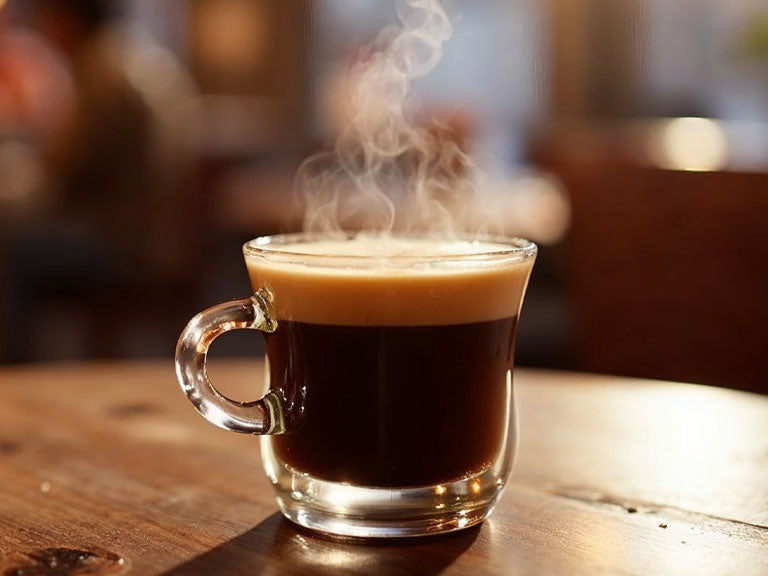KAFFEE ODER ESPRESSO: WAS IST DER UNTERSCHIED?
Die Antwort ist recht simpel: Der Unterschied liegt gewöhnlich in der Röstung und nicht wie viele meinen an der Kaffeebohne selbst. Arabica und Robusta Bohnen werden sowohl als auch für Espresso verwendet, wobei der Röstvorgang für einen Espresso einfach länger ist. Erkennbar ist das auf den ersten Blick vor allem an der dunkleren Farbe der Kaffeebohnen. Je nach Zeitpunkt wo der Röstvorgang beendet wird, können die Bohnen leicht matt oder glänzend sein.
Der Röstvorgang
Der Glanz entsteht durch die vielen Fette und Öle, die in einer Kaffeebohne enthalten sind und während des Röstvorgangs aus dem Inneren an die Oberfläche treten. Bricht man die Röstung genau an diesem Punkt ab, glänzen die Bohnen. Röstet man weiter, verdunsten die Fette wieder und man erhält eine dunkle, matte Bohnenoberfläche. Zusätzlich werden während der Röstung Säure und Koffein abgebaut, und da Kaffee heller geröstet wird als Espresso, enthält er eben auch mehr Säure. Verträgst Du also Kaffee nicht so gut, dann probier’s doch mal mit einem säurearmen Kaffee oder Espresso.

Geschmackliche Unterschiede
Wer sich jetzt fragt, warum Espresso intensiver als Kaffee schmeckt, dem sei hier weitergeholfen: Da bei Espresso nur eine geringe Menge Wasser (für einen einzelnen Espresso ca. 25 ml) verwendet wird, wird das Kaffeemehl konzentrierter extrahiert und der Geschmack intensiver. Für eine hohe Kaffeekonzentration und den damit verbundenen intensiven Geschmack ist der Espresso berühmt. Kaffee und Espresso unterscheiden sich nicht nur in Bezug auf die Röstung voneinander, sondern auch hinsichtlich der Zubereitung.
Die Zubereitung
Espresso wird unter einem besonders starken Druck hergestellt, da das Wasser mit einem Druck von mindesten 9 bar durch das zuvor gepresste Kaffeemehl fließen muss. Wegen dieses hohen Drucks kommen bei der Zubereitung des Getränks auch niemals Papierfilter zum Einsatz, da diese ihm nicht standhalten könnten. Das besonders feine Espressomehl ist so dicht zusammengepresst, dass das Wasser ohne den hohen Druck kaum hindurch sickern könnte. Die Temperatur des Wassers muss dabei zwischen 88 Grad Celsius und 94 Grad Celsius betragen. Für die Zubereitung von Espresso wird ein Sieb verwendet, das die kräftigen und aromatischen Öle des Mahlguts zur Geltung bringt und auf diese Weise für den köstlichen Geschmack sorgt. Die Zubereitung von Kaffee dagegen erfolgt ohne diesen besonders hohen Druck, wobei für diese Herstellung eine höhere Wassertemperatur zwischen 92 Grad Celsius und 96 Grad Celsius benötigt wird. Im Vergleich zur Herstellung von Kaffee muss der Brühvorgang für einen Espresso deutlich kürzer sein. Die Ursache für den kürzeren Kontakt zum Wasser liegt in dem deutlich feineren Mahlgrad, der eine wirkungsvollere Extraktion aller Substanzen ermöglicht. Bei der Zubereitung des Kaffees werden lediglich 17 Prozent der Substanzen, beim Espresso dagegen ungefähr 24 Prozent extrahiert. Die Durchlaufzeit für einen Espresso sollte idealerweise bei ca. 25 Sekunden für 30ml liegen, da sich sonst Bitterstoffe lösen; bei kürzerer Durchlaufzeit dagegen entfaltet der Espresso nicht sein köstliches Geschmacksaroma.

Der Koffeingehalt
Aufgrund des kräftigeren Geschmacks eines Espresso kursiert häufig die falsche Annahme, dass er mehr Koffein enthalten als eine Tasse Kaffee. Tatsächlich jedoch enthält Espresso weitaus weniger Koffein, nämlich lediglich halb so viel wie eine Tasse Kaffee. Ein Grund dafür liegt in der längeren Röstung, denen Espressobohnen ausgesetzt sind. Darüber hinaus hat eine Tasse dieses Getränkes gewöhnlich nur 25 ml bis 30 ml Flüssigkeit. Wenn auch die Menge von Koffein im Espresso geringer ist als im Kaffee, so ist die Konzentration höher, was am verwendeten Kaffeemehl im Verhältnis zum Wasser begründet liegt. Geht man jedoch von den gewöhnlichen Genussmengen (eine Tasse Espresso beinhaltet üblicherweise 25 ml, wohingegen eine Tasse Kaffee in Deutschland 125 ml umfasst!), so ist im Endeffekt der Koffeingehalt des Espresso geringer.




